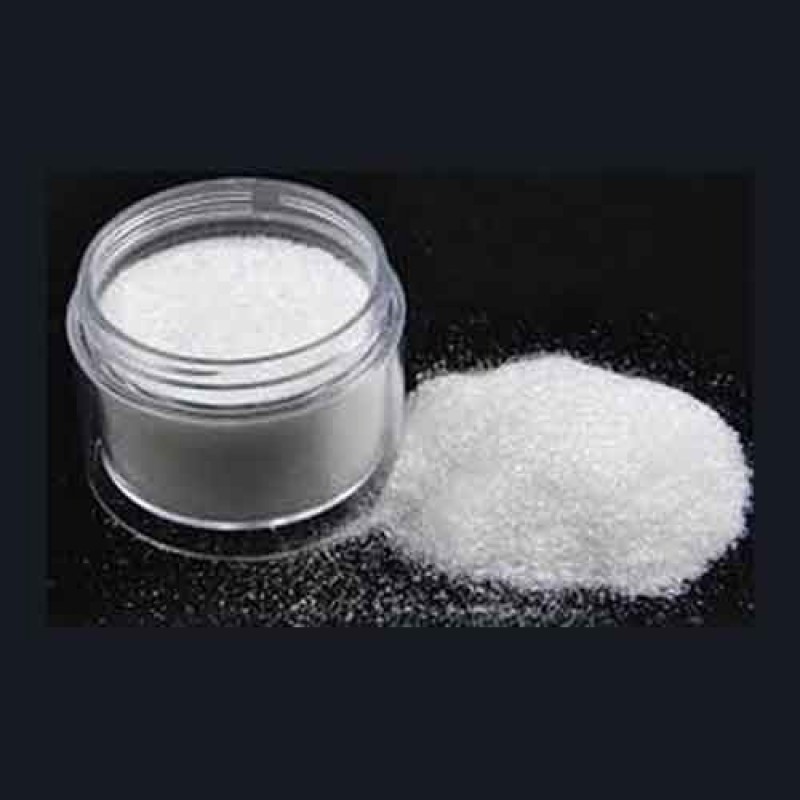Sodium starch glycolate is used as a pharmaceutical grade dissolution excipient for tablets and capsules. Sodium starch glycolate absorbs water rapidly, resulting in swelling which leads to rapid disintegration of tablets and granules. It is used as a disintegrant, a suspending agent and as a gelling agent.
Sodium starch glycolate is a commonly used super-disintegrant employed to promote rapid disintegration and dissolution of IR solid dosage forms. It is manufactured by chemical modification of starch, i.e., carboxymethylation to enhance hydrophilicity and cross-linking to reduce solubility. It has been reported in the literature that the source of starch, particle size, amount of sodium chloride (reaction by-product), viscosity, degree of substitution and cross-linking affect the functionality of sodium starch glycolate. Compendial assays provide an accurate representation of the chemical quality of an excipient, but they are not useful in describing the physical properties associated with the excipients. Physical characterization of sodium starch glycolate, NF revealed differences in particle size, surface area, porosity, surface morphology, and viscosity between two of the three sources examined. An automated liquid uptake test (in neutral and acidic medium) demonstrated similar initial rates of uptake, however, the extent of liquid uptake differed for the disintegrant powders examined. Settling volume was also observed to be different for the disintegrant from two sources.
Lowering the pH of the medium reduced the rate and extent of liquid uptake and the settling volume in all instances. The extent of liquid uptake and settling volume was observed to be higher for the smaller sieve fractions in either medium, Although differences were also observed in the axial and radial disintegration force measurements of the pure disintegrant compacts, disintegration and dissolution of a model drug (hydrochlorothiazide) from either the soluble or insoluble core did not reveal any significant differences between the multiple sources.

Login To Comment